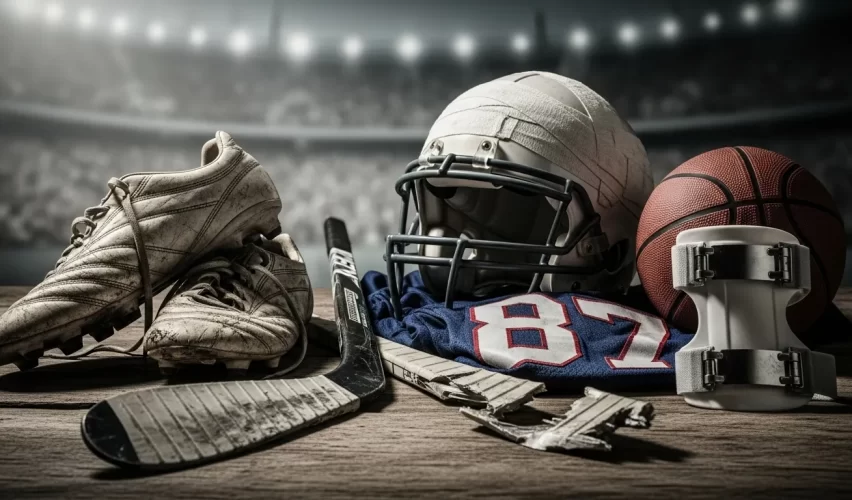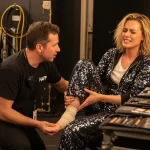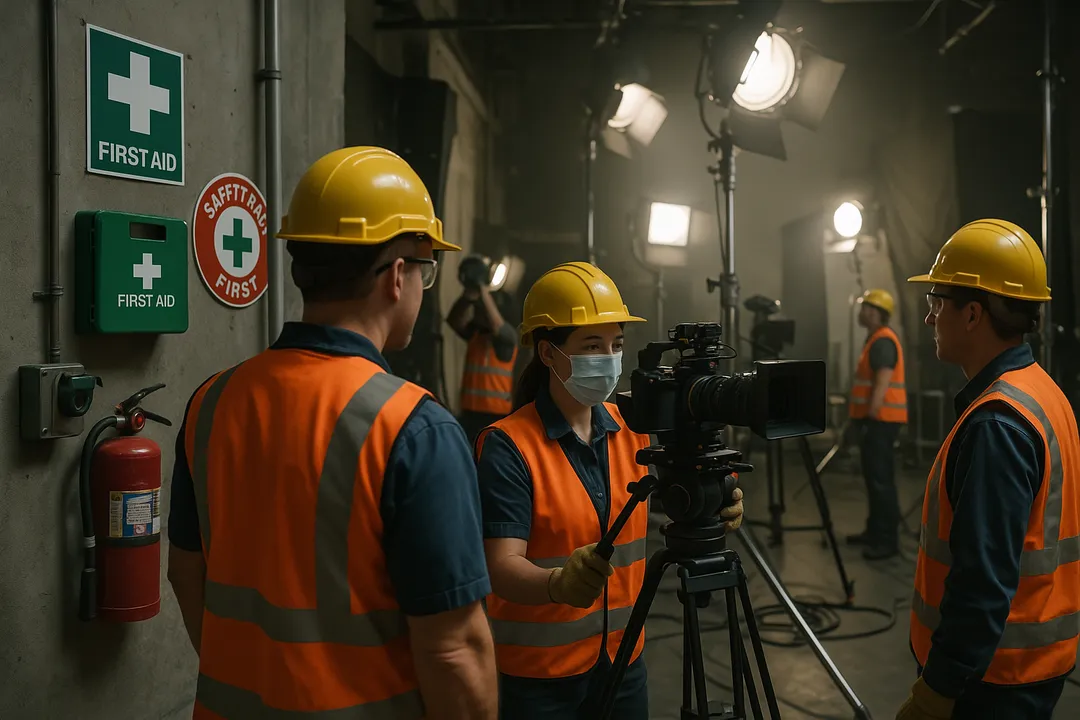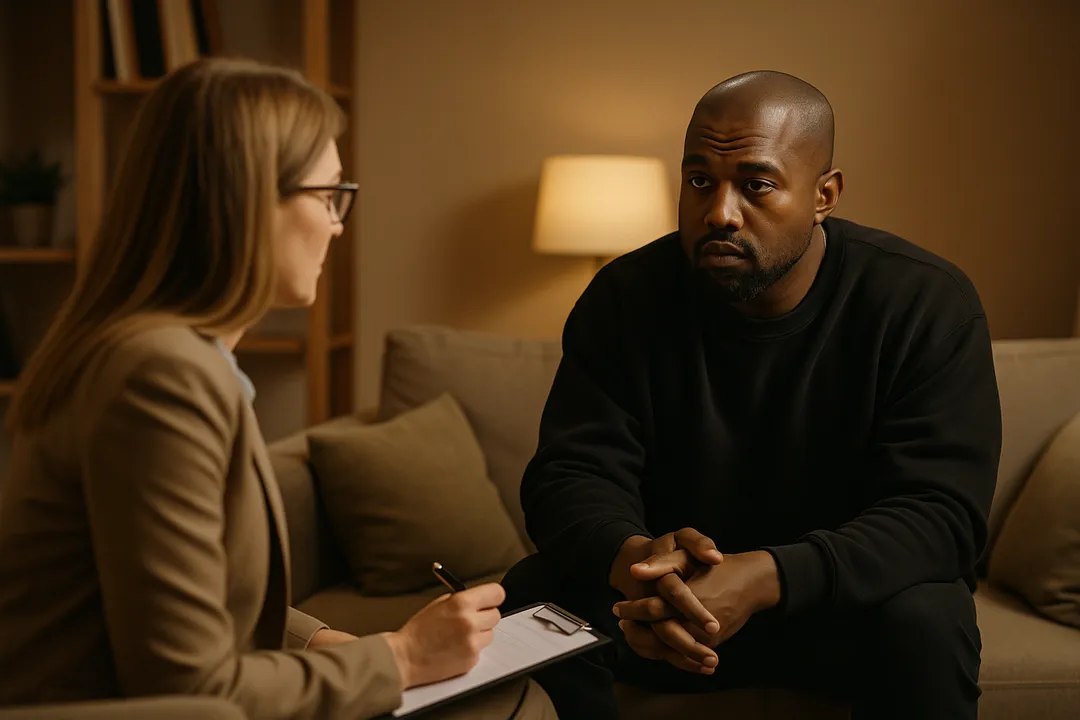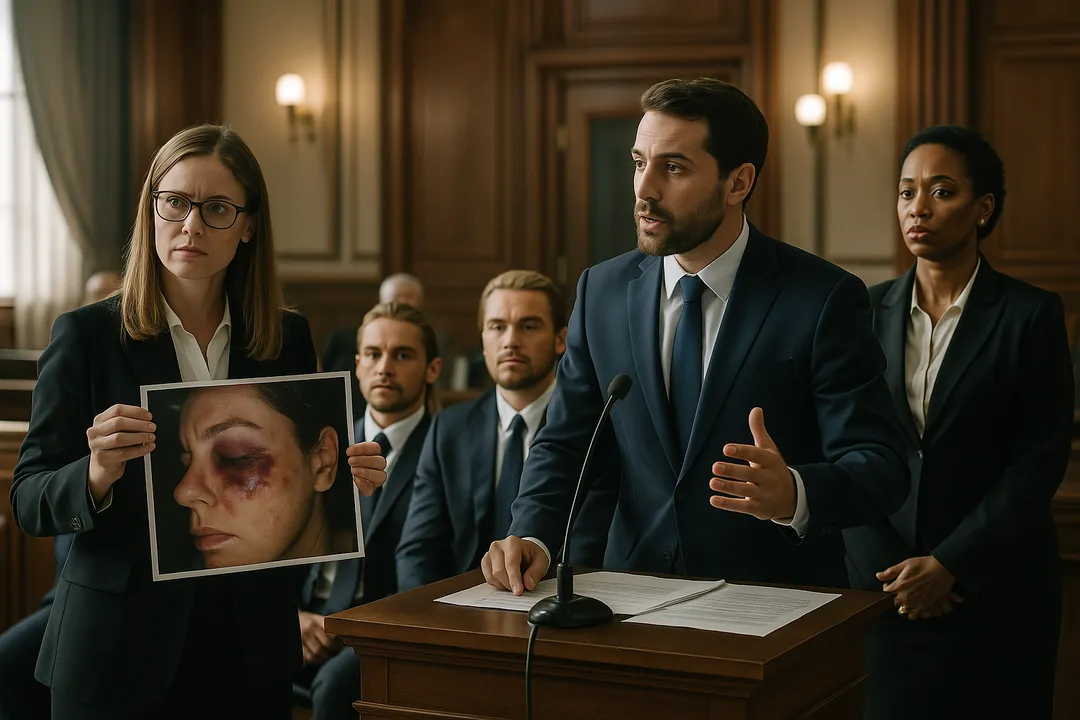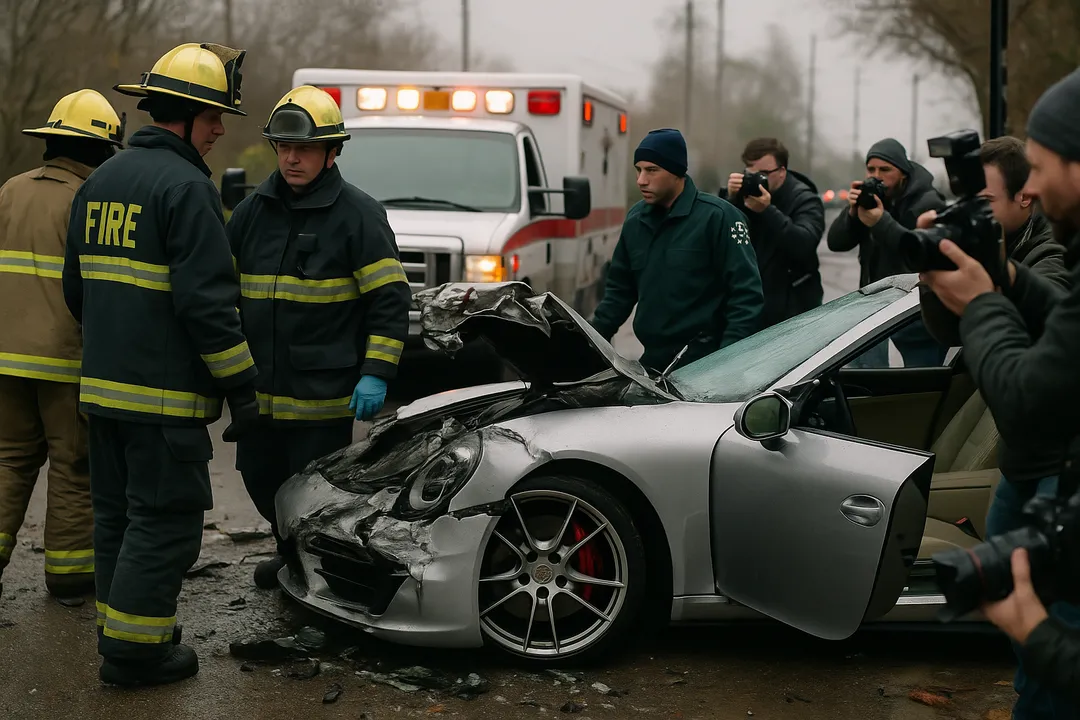Career-ending sports injuries are severe physical traumas that force athletes to retire from their professional careers. These injuries often involve significant damage to bones, ligaments, tendons, or the nervous system, making it impossible for the athlete to continue competing at a high level.
The impact of these injuries on professional athletes is profound. The sudden end to their careers can lead to financial instability, loss of identity, and psychological distress. Athletes spend years honing their skills and dedicating their lives to their sport, so an unexpected injury can be devastating both professionally and personally.
Understanding the types and consequences of severe sports injuries is crucial. This knowledge helps in appreciating the risks involved in high-impact sports and underscores the importance of advancements in player safety protocols and medical care. By examining the stories of famous athletes who have faced career-ending injuries, one can gain insight into the physical and emotional challenges they have endured.
In this article, we will explore the top 10 career-ending sports injuries among famous athletes. These examples highlight not only the severity of such injuries but also the resilience and strength required to navigate life after a professional sports career ends abruptly.
Understanding Career-Ending Sports Injuries
Common Types of Career-Ending Injuries
Professional athletes face a range of severe sports injuries that can abruptly end their careers. Some of the most common include:
- Concussions: Repeated concussions can lead to chronic traumatic encephalopathy (CTE), causing memory loss, confusion, and personality changes.
- Spinal Cord Injuries: These can result in partial or complete paralysis, rendering an athlete unable to continue their sport.
- Compound Fractures: Fractures where the bone pierces the skin often require extensive surgery and lengthy recovery periods, with no guarantee of full functionality.
- Knee and Ankle Damage: Crucial for mobility, severe injuries like ACL tears or multiple ligament damage can permanently affect an athlete’s performance.
Physical Prevention from Continuing Professional Sports
These injuries physically prevent athletes from continuing in professional sports due to:
- Loss of Mobility: Spinal cord injuries and severe knee or ankle damage compromise the ability to move efficiently.
- Chronic Pain: Persistent pain from compound fractures or repeated surgeries makes high-level performance unsustainable.
- Diminished Strength and Coordination: Concussions and nerve damage lead to decreased physical abilities and coordination issues.
Psychological and Emotional Effects
Being forced into early retirement due to injury affects athletes psychologically and emotionally:
- Identity Crisis: Many athletes identify strongly with their sport, leading to a loss of self when they can no longer compete.
- Depression and Anxiety: The sudden end of a career can trigger mental health issues, including depression and anxiety about the future.
- Adjustment Difficulties: Transitioning from a life centered on athletic success to one without it poses significant emotional challenges.
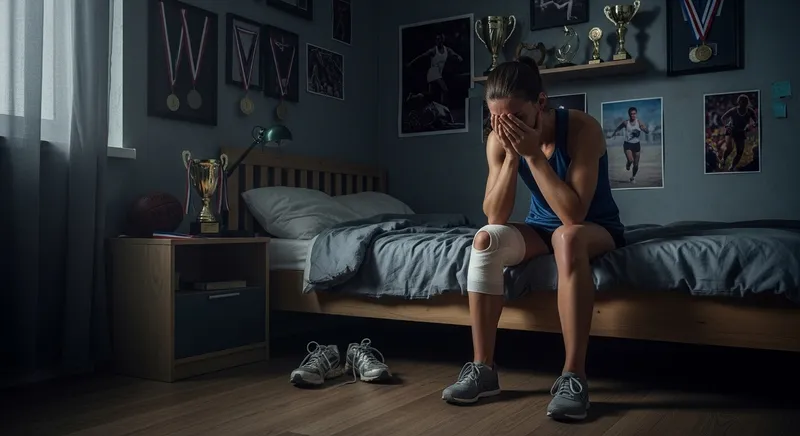
Understanding these aspects highlights the profound impact severe sports injuries have on professional athletes’ careers and lives. Furthermore, it is essential to recognize the potential long-term health implications of these injuries. For instance, the risk factors associated with career-ending injuries should be thoroughly understood by both athletes and their support teams.
1. Nick Kypreos (NHL) – Injury-Induced Retirement
Nick Kypreos, a former NHL player, experienced a career-ending injury during a preseason game in 1997. Known for his physical playing style, Kypreos was involved in an on-ice altercation that resulted in a severe concussion. This incident not only marked the end of his playing days but also had long-lasting effects on his health.
Kypreos’s injury was characterized by a significant concussion sustained after being knocked unconscious during a fight. The aftermath included symptoms like persistent headaches, dizziness, and cognitive difficulties, which severely hampered his ability to perform at the professional level. Despite undergoing extensive medical evaluations and attempting various treatment methods, he was ultimately advised to retire from professional hockey to prevent further damage.
The severity of Kypreos’s concussion highlighted the risks associated with high-contact sports such as hockey and underscored the importance of player safety measures. His forced retirement serves as a poignant reminder of how quickly an athlete’s career can be cut short due to injury.
2. Daunte Culpepper (NFL) – Devastating Knee Injury
Daunte Culpepper’s NFL journey was derailed by a catastrophic knee injury during the 2005 season. The injury involved tearing three major ligaments—ACL, MCL, and PCL—in his right knee, a rare and severe combination for any athlete. Despite multiple surgeries and extensive rehabilitation, Culpepper never regained his previous form as a top-tier quarterback. The damage significantly limited his mobility and throwing power, forcing an early exit from what was once a highly promising football career. His case remains one of the most notable NFL career-ending injuries due to its abrupt impact on both player and franchise trajectory.
3. Dean Ashton (English Football) – Severe Ankle Injury
Dean Ashton’s career exemplifies the devastating impact of a single injury in English football. After showing tremendous promise as a striker, Ashton suffered a serious ankle injury during an England training session in 2006. Complications plagued his recovery, with repeated setbacks and persistent pain despite extensive medical interventions. His efforts to return were met with chronic instability and lasting damage, which made playing at the top level impossible. By age 26, he was forced into early retirement—his story stands out among the top 10 career-ending sports injuries, highlighting how even young, elite athletes can have their careers abruptly ended by injury.
4. Joe Theismann (NFL) – Catastrophic Leg Fracture
Joe Theismann’s NFL career ended instantly on November 18, 1985, when a blindside sack resulted in a compound fracture of his right leg—both his tibia and fibula snapped live on national television. This injury remains one of the most infamous moments in NFL history, widely cited in discussions about the top 10 career-ending sports injuries. Immediate surgery could not restore Theismann’s ability to play at a professional level. Nerve damage and lasting instability forced him into early retirement, abruptly halting the career of a Super Bowl-winning quarterback. His experience highlights how a single traumatic incident can lead to an irreversible end for elite athletes.
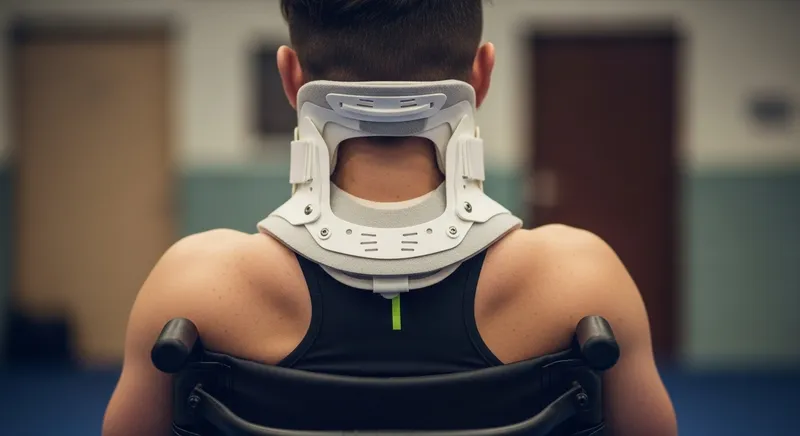
5. Sterling Sharpe (NFL) – Neck Injury Ending Career Early
Sterling Sharpe’s NFL career is a clear example of one of the Top 10 Career-Ending Sports Injuries Among Famous Athletes. A severe neck injury—specifically, a cervical spine abnormality uncovered after a collision—forced him into early retirement at just 29 years old. Sharpe, one of the league’s top wide receivers, instantly shifted from setting records to facing life after football. The risk of paralysis made any return impossible, underscoring how one moment can abruptly end even the most promising athletic trajectories. His story highlights both the unpredictability and seriousness of NFL early retirement due to injury.
6. Kevin Everett (NFL) – Spinal Cord Injury and Paralysis
Kevin Everett, a former NFL tight end, suffered a life-changing spinal cord injury during a game in 2007. While attempting to make a tackle, Everett experienced a severe cervical spine fracture that led to paralysis. Despite the career-ending nature of his injury, Everett’s recovery journey was nothing short of remarkable. Through intensive rehabilitation and medical interventions, he regained some motor function, defying initial predictions of permanent paralysis. His resilience and determination serve as an inspiring testament to overcoming adversity.
7. Pat LaFontaine (NHL) – Concussion Effects Ending Career
Pat LaFontaine’s career is a clear example of one of the most common injuries that can end an athlete’s career, especially in the NHL. He was an incredibly talented center on track to be inducted into the Hall of Fame, but his career was abruptly ended by multiple concussions.
Despite his determination to come back and play, the repeated trauma to his brain forced him to face the growing medical advice warning about long-term damage. After his sixth documented concussion, doctors advised him to retire, emphasizing the increasing dangers and irreversible effects.
LaFontaine’s story serves as a powerful reminder of how cumulative concussions can suddenly end even the most promising careers in professional sports, prioritizing player health above all else.
8. David Busst (English Football) – Compound Fractures and Infection
David Busst, a former English footballer, saw his career end abruptly due to a horrific compound fracture sustained during a match against Manchester United in 1996. The tackle led to severe fractures of the tibia and fibula, with bone piercing through the skin. Despite multiple surgeries, Busst’s condition worsened when he developed a serious MRSA infection. This bacterial infection complicated his recovery process, ultimately making it impossible for him to return to professional football. Busst’s injury is a stark reminder of the potential dangers athletes face on the field.
9. Kirby Puckett (MLB) – Vision Loss from Injury
Kirby Puckett’s career came to an unexpected end because of a rare and devastating medical event. The Hall of Fame outfielder suffered a sudden retinal detachment in his right eye, resulting in permanent vision loss. Despite undergoing multiple surgeries and receiving expert medical attention, Puckett’s worsening eyesight left him unable to see pitches or play defense effectively—essential abilities for any Major League Baseball player. The consequences were immediate: at the age of 35, Puckett announced his retirement, making it one of the most sudden endings in MLB history due to injury. His legacy serves as a reminder of the unpredictable dangers athletes face beyond typical contact injuries.
10. Cam Neely (NHL) – Multiple Knee Surgeries Leading to Retirement
Cam Neely’s NHL career is a prime example of a career-ending sports injury. Persistent knee injuries plagued Neely, resulting from a combination of repeated trauma and inadequate recovery time. Multiple surgical interventions failed to restore his explosive playing style, sidelining him during his peak years. Chronic swelling, pain, and restricted mobility turned routine skating into a struggle. Despite aggressive rehab and medical support typical for high-profile NHL career-ending knee injuries, Neely retired at just 31 years old—well before most power forwards would expect to leave the ice. His case highlights the unforgiving nature of joint damage in professional hockey.
The Broader Impact of Career-Ending Injuries on Athletes’ Lives
The psychological effects sports injuries inflict can be as devastating as the physical trauma itself. When an athlete’s career ends abruptly, the sudden loss of purpose and routine often leads to emotional turmoil. Many experiences:
- Grief and identity loss: Professional athletes dedicate their lives to their sport, shaping their identity around performance and competition. The abrupt end caused by injury can trigger intense feelings of sadness, emptiness, and a sense of lost self.
- Depression and anxiety: The uncertainty surrounding life after sports injury—including financial concerns, diminished social status, or lack of direction—may result in persistent anxiety or clinical depression.
- Isolation: Athletes accustomed to the camaraderie of team environments often feel isolated when removed from these support networks.
Athlete transition post-injury presents several unique challenges:
- Career Redefinition: Transitioning from elite athlete to a new profession is rarely straightforward. Many lack preparation for alternative careers, making job searches daunting.
- Physical Limitations: Ongoing pain or disability may persist, restricting participation in everyday activities and reducing quality of life.
- Financial Instability: Lost contracts and endorsements can create immediate financial strain, especially for those unprepared for early retirement.
Mental health support becomes essential during this period. Access to counseling, peer support groups, and tailored rehabilitation programs can ease the psychological burden and help athletes rebuild confidence and purpose beyond their sporting years. Recognition of mental well-being as part of recovery continues to shape modern sports medicine, encouraging organizations to prioritize holistic care for injured players.
Advances in Player Safety Protocols and Sports Medicine
Evolution of Safety Rules
In recent years, player safety protocols have evolved significantly across major sports to mitigate the risk of severe injuries. The NFL, for instance, has implemented stricter rules regarding head-to-head contact and introduced mandatory concussion protocols. Similarly, the NHL has cracked down on hits from behind and instituted rigorous checks for head injuries. In soccer, rule changes aim to protect players from dangerous tackles that could lead to compound fractures or ligament damage.
Modern Medical Treatment and Rehabilitation
Advances in sports medicine have played a crucial role in extending athletes’ careers. Innovative surgical techniques and rehabilitation programs now offer athletes better chances of recovery from serious injuries. For example:
- Arthroscopic surgery: Minimally invasive procedures reduce recovery time and scarring.
- Platelet-Rich Plasma (PRP) therapy: Promotes healing of injured tendons, ligaments, muscles, and joints.
- Stem cell therapy: Used to repair damaged tissues and accelerate recovery.
- Concussion management protocols: Ensure athletes receive proper care before returning to play.
Interestingly, recent studies have highlighted the importance of comprehensive player health in preventing long-term injuries and ensuring optimal performance. This includes not just physical health, but also mental well-being, which is often overlooked.
Future Prospects
The future looks promising for minimizing career-ending incidents through further advancements in player safety and medical treatments. Emerging technologies such as:
- Wearable devices: Monitor vital signs and detect potential injuries in real-time.
- Artificial intelligence: Predicts injury risks based on data analysis.
- Enhanced protective gear: Innovative materials provide better protection without compromising performance.
These developments highlight the ongoing commitment to safeguarding athletes’ health and careers while pushing the boundaries of what modern sports medicine can achieve.
Conclusion
Athlete safety awareness remains a top priority when reflecting on the top 10 career-ending sports injuries among famous athletes. Each case—whether it’s Nick Kypreos’s abrupt NHL exit or Kirby Puckett’s vision loss—underscores the unpredictable and devastating impact of severe sports injuries. These stories highlight a stark reality: no amount of talent or preparation can fully eliminate the risks inherent in professional competition.
Continuous research and technological innovations in sports medicine are vital for reducing both the frequency and severity of such incidents.
Strengthened protocols, improved equipment, and rapid-response medical teams help protect athletes at every level, yet the drive for safer play must persist.
Honoring those whose careers ended prematurely due to injury means recognizing their achievements and resilience, not just their losses. Their experiences drive future outlooks on sports injuries discussions and inspire organizations to push boundaries in prevention, treatment, and rehabilitation.
Summary on career-ending injuries: They shape policies, influence training regimens, and serve as powerful reminders of why vigilance matters.
The path forward calls for relentless commitment to player safety, ongoing education about risks, and unwavering support for athletes facing life-changing challenges.


